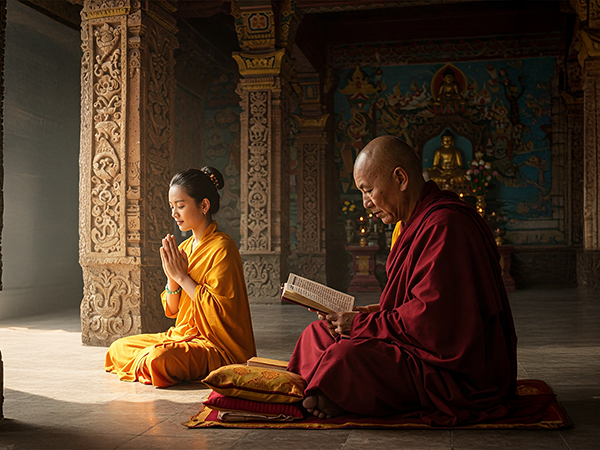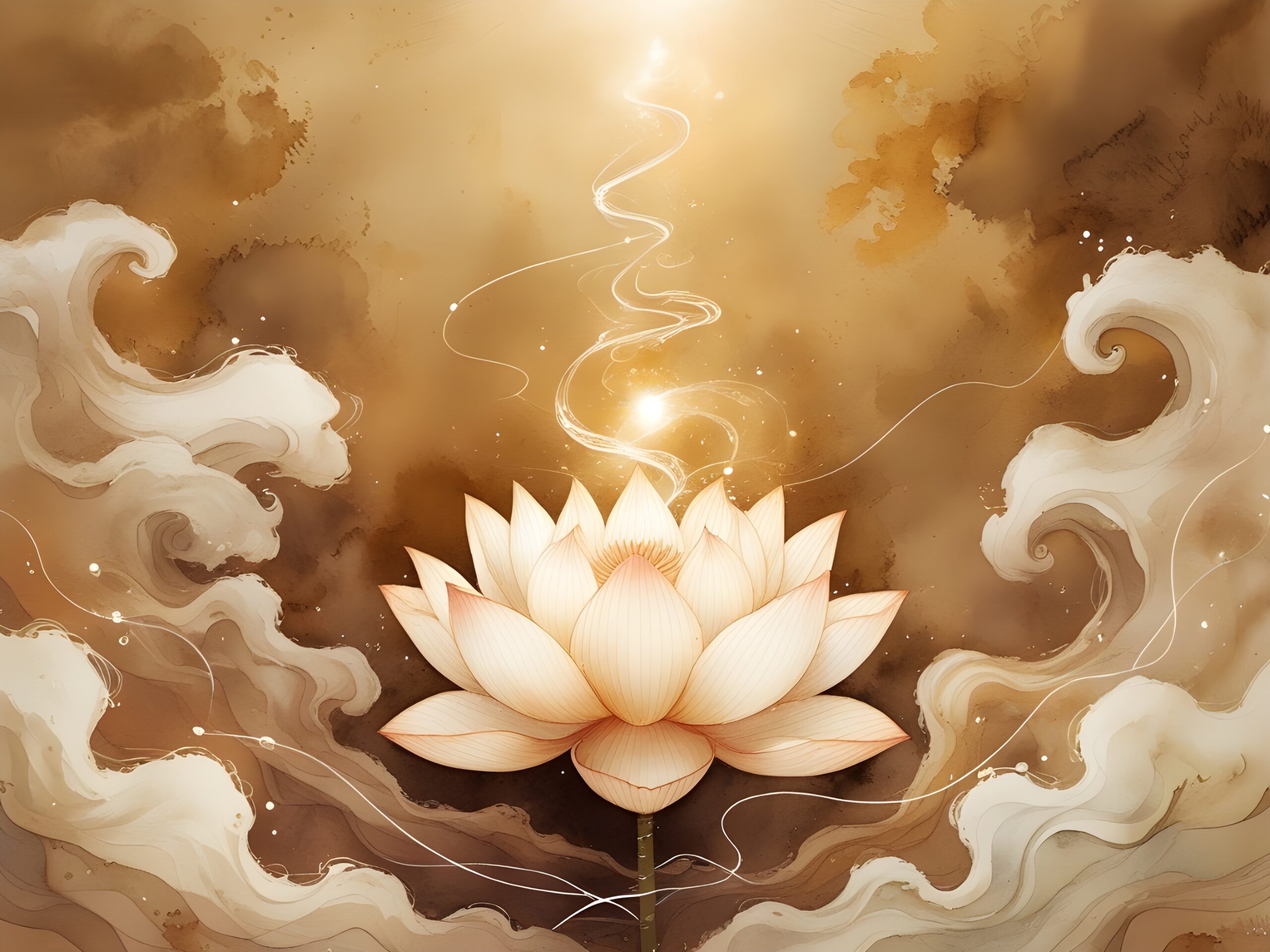Tag: Karuna (Compassion)

Throughout our lives, we should always strive to practice virtues. Virtues are wholesome actions (kusala kamma). These are what we receive as consequences. The wholesome and unwholesome actions we perform now determine the consequences we will face in the future. As we discussed in a previous article, individuals adhering to faith (saddhanusari) and those adhering…

This world in which we live is an illusion. Moment by moment, we become entangled in a dense web of perceptions (sanna), wandering, unable to find an end. This was the case in past lives as well. Until we break through this dense perception, see reality as name and form (nama-rupa), recognize their impermanent, suffering-laden,…

Two concepts frequently encountered by those exploring Buddhist teachings are the Five Divisions (Panchakkhandha) and the Five Divisions of Clinging (Pancha Upadanakkhandha). The Five Divisions are: These are further divided into eleven categories. The Form Division, for example, encompasses a multitude of forms: All forms that can be mentally conceived fall under the Five Divisions.…

As we brought forth in a previous article, along with the universal mental factors and the particular mental factors, there are two categories of mental factors: the wholesome group and the unwholesome group. The wholesome or unwholesome nature of the mind is determined by these two groups. Within the wholesome group are: We intend to…

In our previous discussion on “Nama” (mind), we explored “Sabbacitta Sādhāraṇa” (universally present mental factors). In this article, we will delve into “Pakiṇṇaka,” a group of mental factors that influence both wholesome and unwholesome states. This category comprises six “Cetasikas”: “Vitakka” (initial application of mind), “Vicāra” (sustained application of mind), “Adhimokkha” (decision), “Viriya” (effort), “Pīti”…

Our stream of consciousness can be likened to a tree. The “Cetasikas” are its leaves, flowers, and fruits, representing the various mental states that arise. The root system of this tree is also composed of “Cetasikas.” The three primary unwholesome roots are “Lobha” (greed), “Dvesha” (hatred), and “Moha” (delusion). The three primary wholesome roots are…

As mentioned in our previous article, Buddhist philosophy posits that the world consists of “Nama” (mind), “Rupa” (form), and “Nirvana.” We’ve already discussed “Rupa” briefly. In this article, we’ll delve into “Nama,” which pertains to the mind. “Nama” encompasses “Citta” (consciousness) and “Cetasikas” (mental factors). “Cetasikas” are the qualities or characteristics inherent in the mind,…

Constantly stimulated and wandering within the realm of desire (Kama Loka), the following occurs: When the eye (Chakshu) comes into contact with a form (Rupa), eye consciousness (Chakshu Vinnana) arises. Similarly, when the other sense organs—the ear (Srota), nose (Ghana), tongue (Jivha), body (Kaya), and mind (Mana)—come into contact with their respective objects, corresponding consciousnesses…

According to Buddhist philosophy, existence is comprised solely of Nama-Rupa (mind and matter) and the supreme state of Nirvana. In this article, we will focus on Rupa (matter). Rupa refers to the smallest units of energy from which everything in this world is constructed. These units always exist in clusters. The Buddha taught that although…

According to the Buddha’s teachings, beings are reborn into one of 31 planes of existence, determined by their accumulated karma. These planes are categorized into 11 Kama Lokas (realms of desire) and 20 Brahma Lokas (realms of form and formless realms). In this discussion, we will focus on the 11 Kama Lokas. The 11 Kama…
